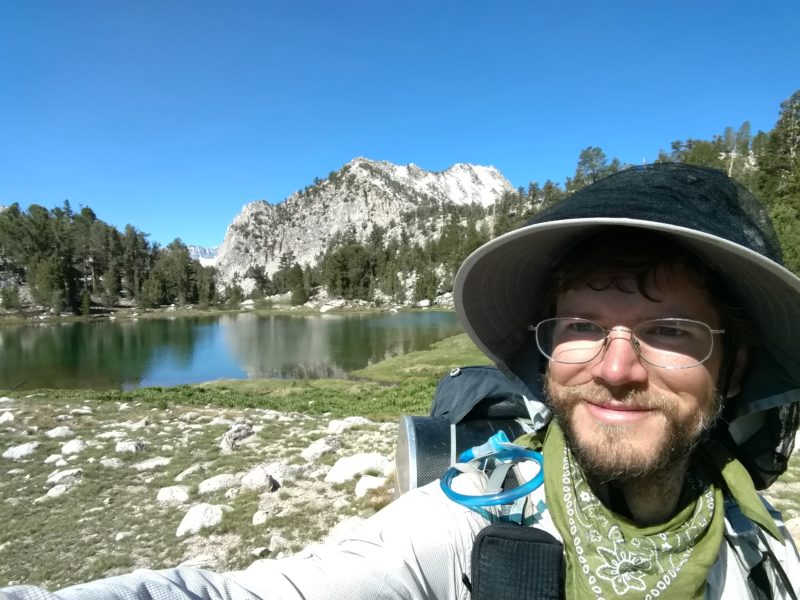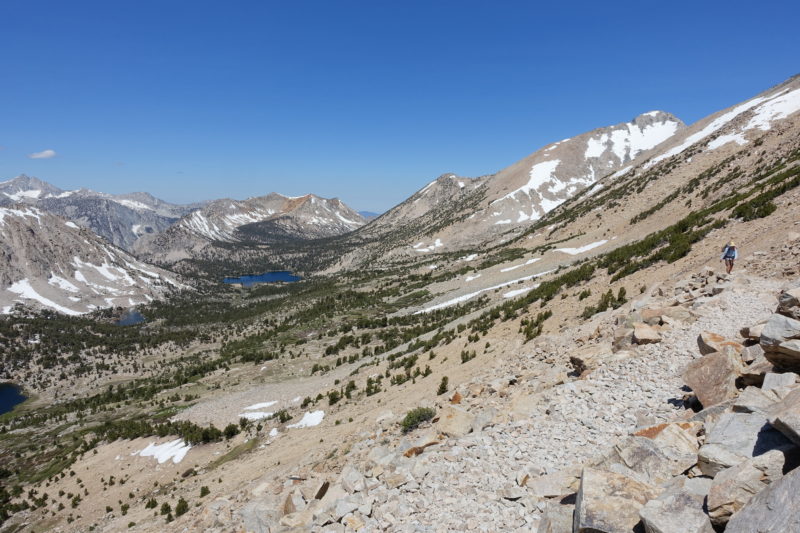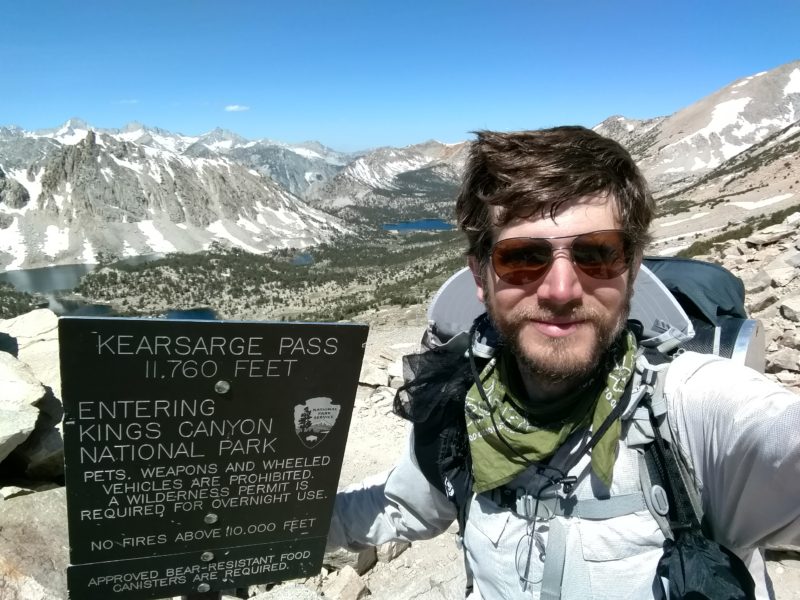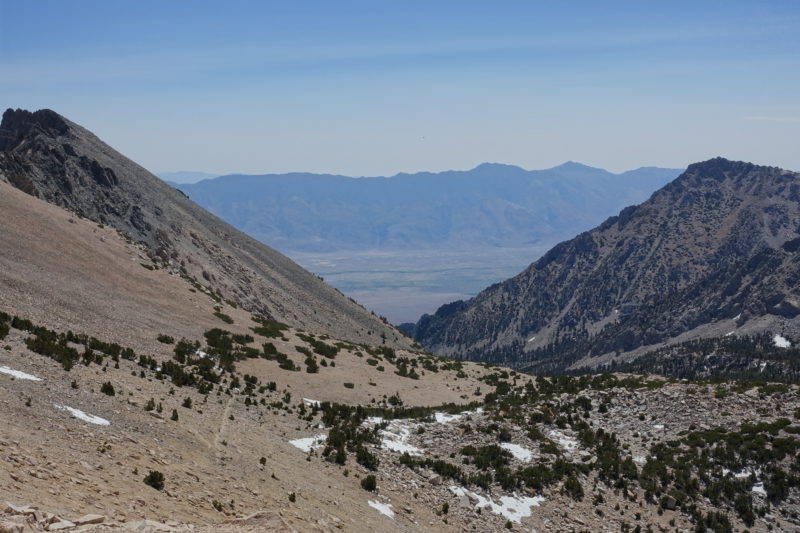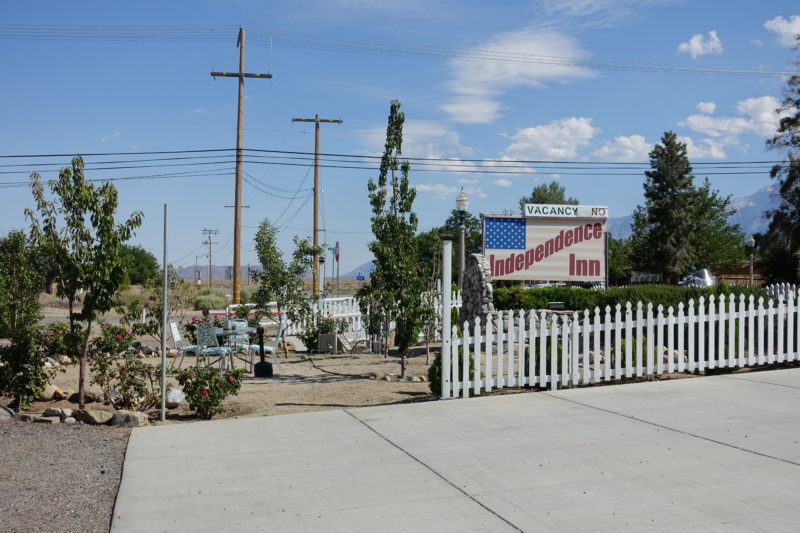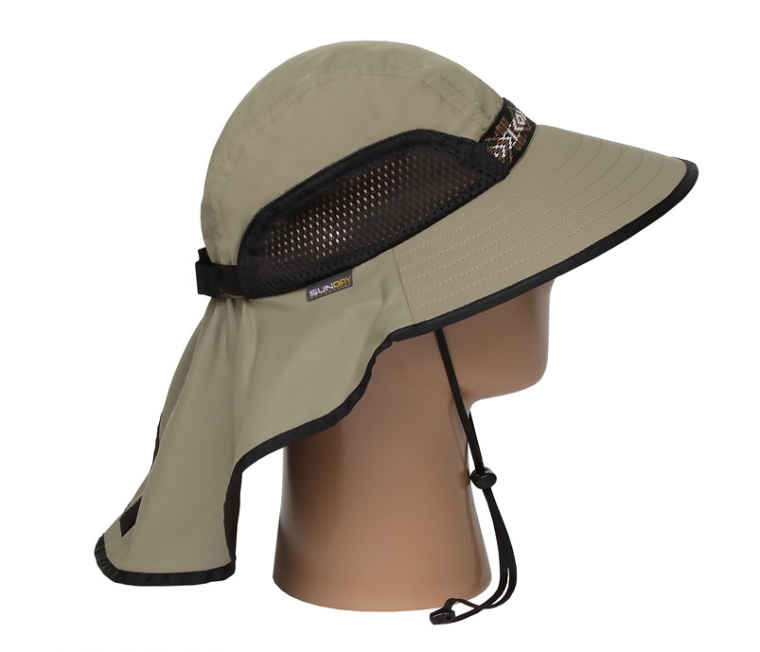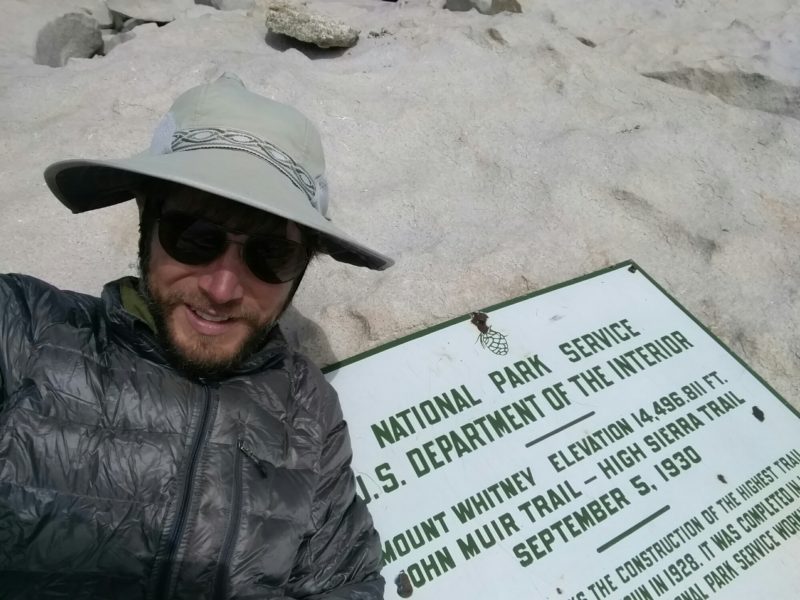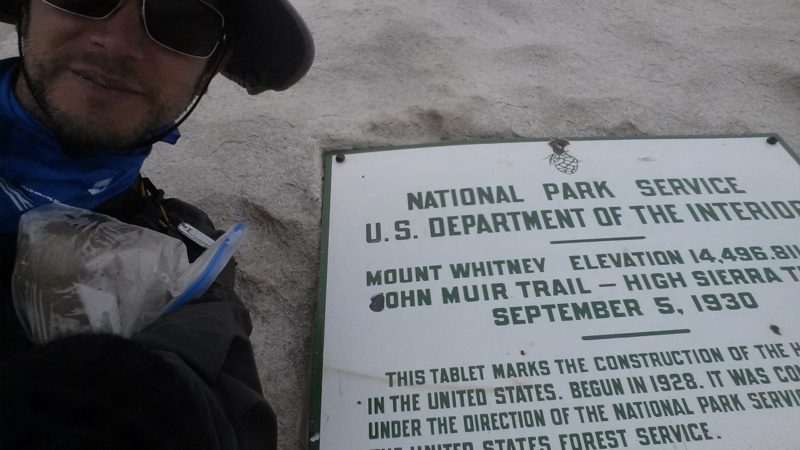There seem to be certain mistakes that are fairly popular among novice PCT hikers. So, I thought I’d try to catalog these mistakes, and explain why I think they’re mistakes. Hopefully this post will help somebody avoid them.
I plan to add more entries to this post as I think of them. Newer entries will be at the top of the list.
Like everything on this site, expect my opinion to be presented as fact… It’s my blog, so I can do what I want. But really, I think I’m probably right.
– Trying to Revolutionize PCT Hiking on Your First Hike
For whatever reason, a lot of people seem to want to disregard widely-accepted advice, and do something radically differently. They tend to be things that sound like a better way to hike… if you don’t know any better. Or, maybe your idea is a way to show off, and you don’t realize how much trouble it will put you in.
Generally, these tend to be things like deliberately using outdated gear for historical interest (e.g. “I want to hike with only gear from when the PCT opened in the 30s”), or ignoring the universal opinion that lightweight backpacking is the way to go (“I want to be comfortable, so I will carry heavy gear”), or downright crazy (“I don’t want to resupply, I’ll just hunt and gather for the whole trail”). Some of these are feasible if you’re experienced with the PCT (not that last one though). None of them are feasible if this is your first thru-hike.
Do your first thru-hike the normal way, using the best advice available. Save showboating for later.
– Buying All Shoes in Advance
Finding good shoes can be difficult. So, many people with athletic experience (especially runners) will go into a PCT hike with their mind set on a particular shoe. Since you can’t be sure if that shoe will be available in trail towns, it’s common to buy 3 or 4 replacement pairs before the start of the hike, to be shipped in resupply boxes.
The problem is, your feet will change size — often a full size within the first 100 miles. And, shoes for a PCT hike should be looser than most people seem to be used to. So, all those pre-purchased shoes will be too small. Plus, hiking all day every day, you may find that you need a different kind of shoe than you thought before the hike. It’s also common for people used to shorter hikes to want features that aren’t appropriate for the PCT, like waterproof lining, or heavy soles. PCT-appropriate shoes are light, breathable, and large.
There’s an outfitter 40 miles from the Southern Terminus — Mount Laguna Outfitters — that can put you in a good pair of shoes. The first 40 desert miles will probably give you a good hint about whether your shoes are appropriate for the PCT.
I bought shoes on the trail in 3 places: Mount Laguna, Mammoth, and Ashland. All of these places had stores with good shoe selections, and clerks that had experience ensuring that PCT hikers were properly shod.
– Mailing Resupplies Unnecessarily
You can’t tell what trail food will be available in resupply towns. This can be scary, so some people prepare all their food before they set foot on the trail. It’s common for hikers to prepare every meal for the entire trip before leaving home, and mail boxes to every single resupply point.
There are several problems with this approach. First, it’s hard to predict far in advance exactly when you’ll arrive in town. If you arrive at the wrong time, you may find yourself waiting around for the post office to open for quite a while — sometimes as much as 3 days — in a town with virtually nothing to do. It can be nice to take time off hiking, but it’s better to do that where and when you want it, rather than in some nothing town when you’re not tired.
Plus, your calorie needs will change throughout the trail. You’ll eat more than you expected overall, but it will go up and down gradually depending on terrain, and on how hard you push in different parts of the trail. If you prepared your meals before the hike, they will be the wrong size. You’ll be able to make better guesses about your calorie needs if you’re buying food for the next several days, rather than the next several months.
And, your taste in trail food will likely change a whole lot over the course of the trail. You might also change your logistical requirements for food — e.g. you might give up on cooking. I noticed a lot of people started out heating up home-dehydrated dinners and ended up rehydrating them cold, since they really didn’t want to cook.
Some people also find that food doesn’t keep as well as they thought it would before the trip — e.g. some people are surprised to find their beef jerky got moldy sitting around in a post office.
There are a few resupply points where the nearest town doesn’t have much food, but you can either hitch a bit further to a much better grocery (e.g. to Leavenworth instead of Skykomish) or just make do with convenience store food. Either option is faster and better than mailing a resupply. Even Stehekin has workable resupply choices these days. Plus, the towns with bad resupply choices tend to have good hiker boxes, because most people ship too much food.
As long as you can get enough calories, you’ll be okay.
– Improperly maintaining a Sawyer filter
The Sawyer water filter is something of a de facto standard for water treatment on the PCT. It’s pretty simple to use and maintain, but some people don’t ever read the directions, or exercise common sense. It’s pretty simple, you just need to keep dirty water out of the clean side, backflush it periodically, and keep it from freezing.
I’ve seen people use their cleaning plunger to collect water, when the water source is too shallow to scoop from. This of course makes the cleaning plunger unclean.
I’ve seen people backflush their filter with dirty water, which completely permeates the clean side with dirty water. For some reason, people seem to feel like it doesn’t “count” as dirty if they’re not drinking the water directly. But parasites don’t care, they just want to find a way into your belly.
And, I’ve seen people assume their filter didn’t freeze because the water in their water bottle didn’t freeze. The tubes inside a Sawyer filter are microscopic — they freeze much more easily than a bottle of water.
All of those things can render the filter ineffective at treating water.
– Expecting a Sawyer filter to last indefinitely
Despite the silly claims on the packaging (“1,000,000 gallons!”), Sawyer filters should be regarded as disposable. Even with proper maintenance, they will slowly clog up. Expect to replace them about as often as you replace shoes (the MINI more often than the full-sized Sawyer). Plus, replace them whenever they’ve frozen. I went through 4 filters, though I wasn’t using filters the whole way. 3 froze, and 1 got too slow.
I managed to get a MINI to last 900 miles at one point, but it was infuriatingly slow for the last 100 miles or so. It’s also worth noting that I pre-filtered through a bandanna into a scoop when the water source had a lot of particulates — this probably helped my filter last longer.
– Packing for camping rather than hiking
This is a broad point — it seems that in general, when choosing what luxury items to bring, people assume they’ll have a lot of down time in camp. They picture lounging around a campfire, and whiling the time away. E.g. they pack camp shoes, iPads, books, large tents, elaborate meals, etc. You won’t actually be spending that much time in camp, and what time you do spend there, you’ll be exhausted and want to just eat and sleep. Thru-hiking the PCT is about hiking, not camping — camping is just something you do so you can keep hiking.
You could make a pleasant hike on the PCT that’s oriented towards camping. There are certainly plenty of pleasant campsites. But, you wouldn’t be able to do enough mileage to finish the whole PCT in one season.
